
EDITOR’S NOTE: Based on feedback from an earlier post on urban density, Spacing Atlantic will feature one of the top five dense residential neighbourhoods in Atlantic Canada each week. Previous neighbourhoods: North End Halifax, Nova Scotia; Uptown Saint John, New Brunswick; Downtown St. John’s, Newfoundland & Labrador.
![]()
So, why density? Residential density, the number of people living in a given area, is one of the most important characteristics of urban areas. High densities create vibrant streets, support main street commercial areas, and encourage walking, biking and transit use. But how dense should our neighbourhoods be? What types of buildings create high densities? What do high density neighbourhoods look like?
Hopefully this series encourages people to look around their neighbourhood and ask: how does density affect the quality of my neighbourhood?
Without further ado …
2 – Quinpool Road, Halifax, Nova Scotia
Compared to other neighbourhoods on our list, the Quinpool Road area is fairly new. Although some homes date from the last decades of the nineteenth century, most of the neighbourhood developed in the early twentieth century when street car lines were extended along Quinpool Road, Coburg Road and Oxford Street. The neighbourhood also stands out on our list because the main building type is the single family home. Why is it so dense, then? The lots are quite small, many homes have been split into flats and, unlike some neighbourhoods on our list, there are very few empty lots. The Quinpool area shows how small lots and high lot coverage can create surprising density. Quinpool Road is one of the busiest retail streets in Halifax, and the tree lined side streets are popular for both students and families.
Population Density: 6287 people/ km2
Dwelling Density: 31 units/ hectare
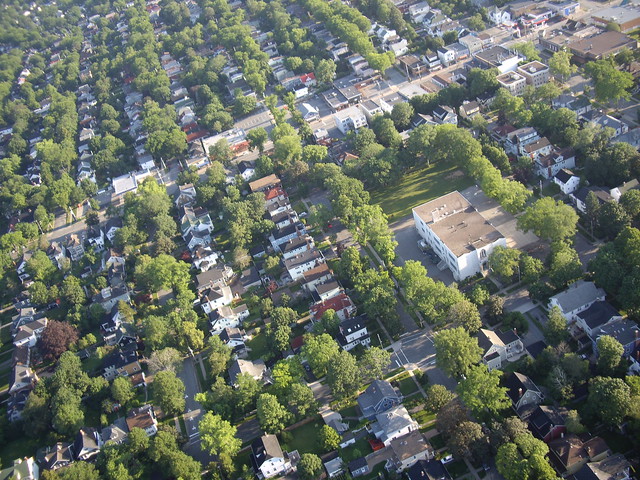
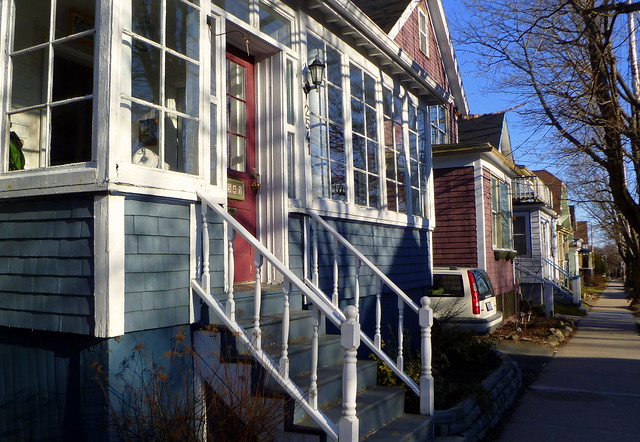
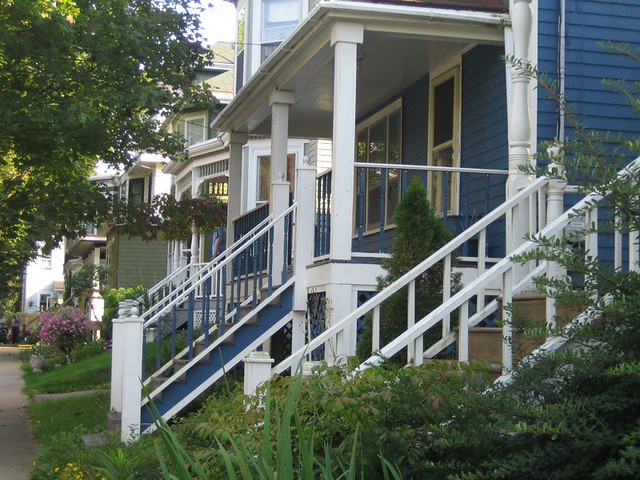

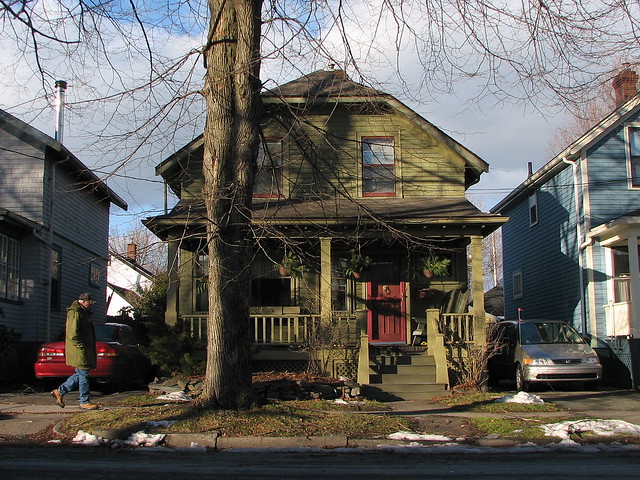
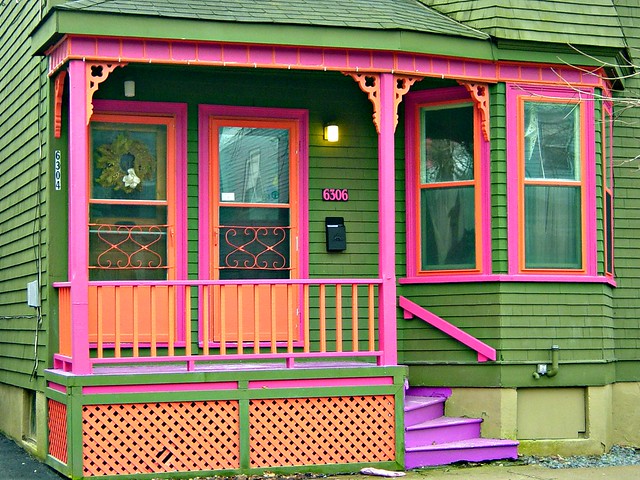
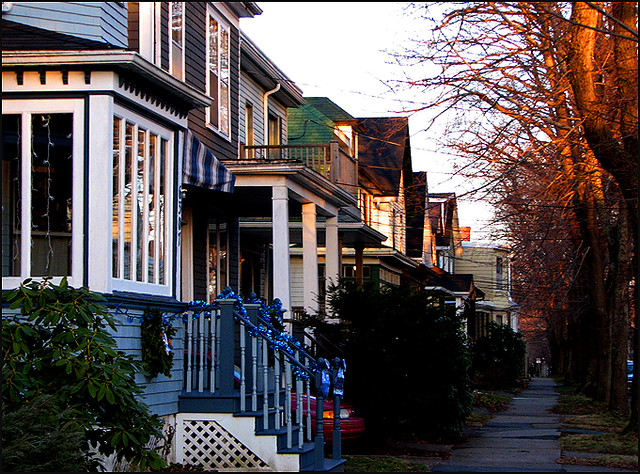

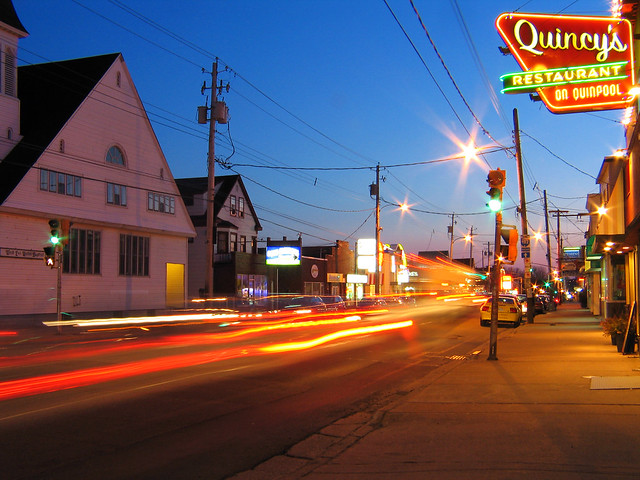


Photos by Spacing Magazine, Veinotte, small_rcer, Dan Brophy, manamccarthy, Max Kehrli, come from away, EPDave, The Stakhanovite Twins, joanpopular, szumilasphotoswap and west.advocate.

